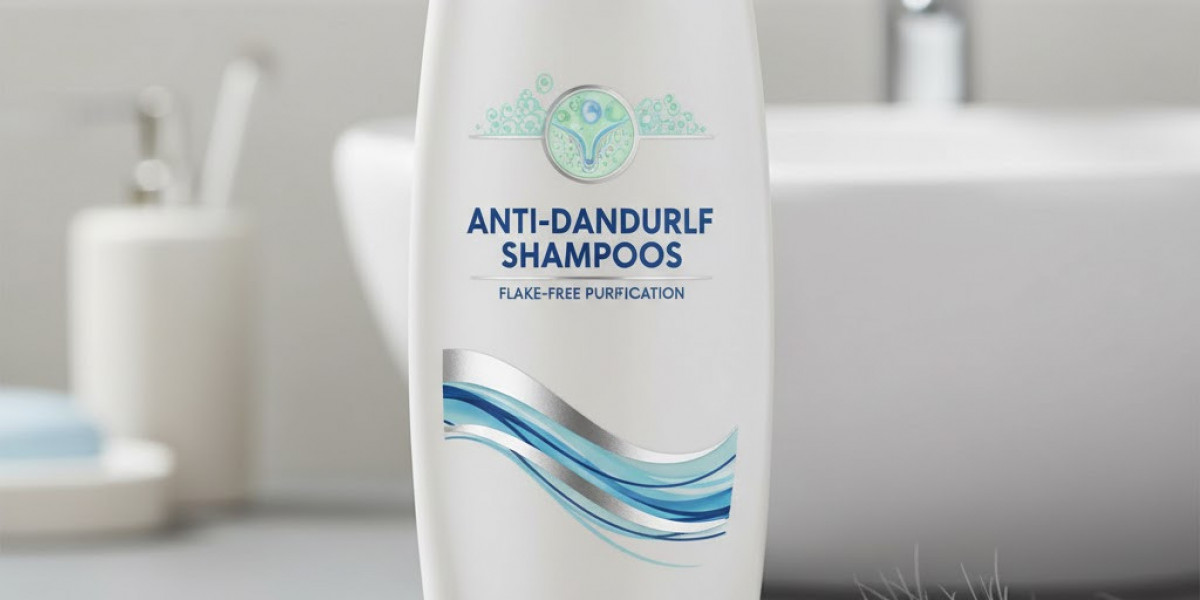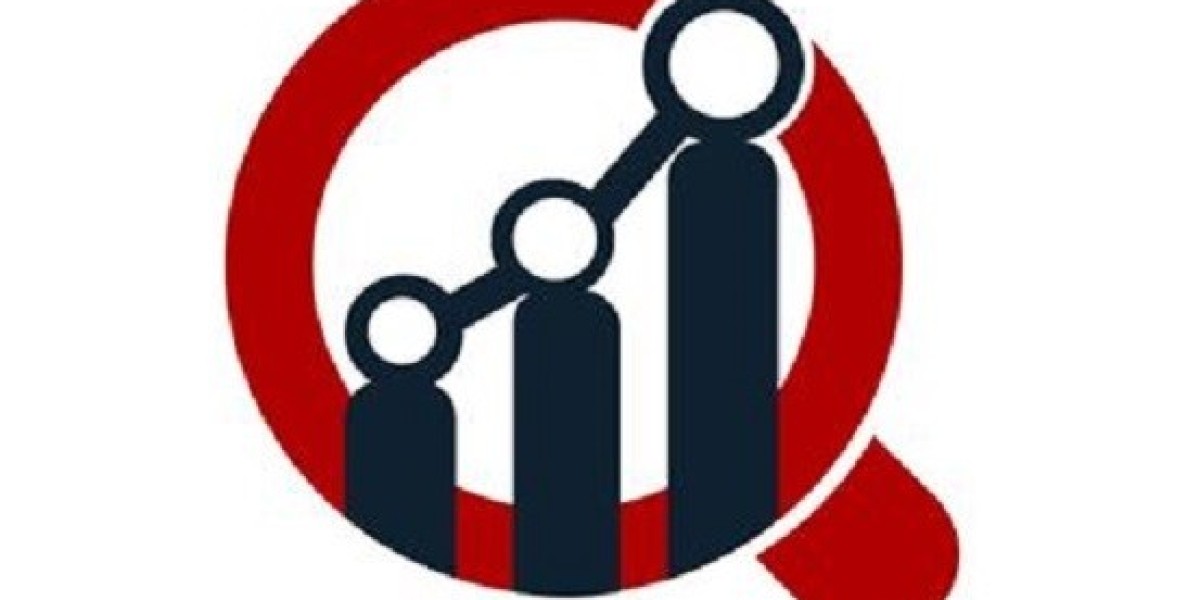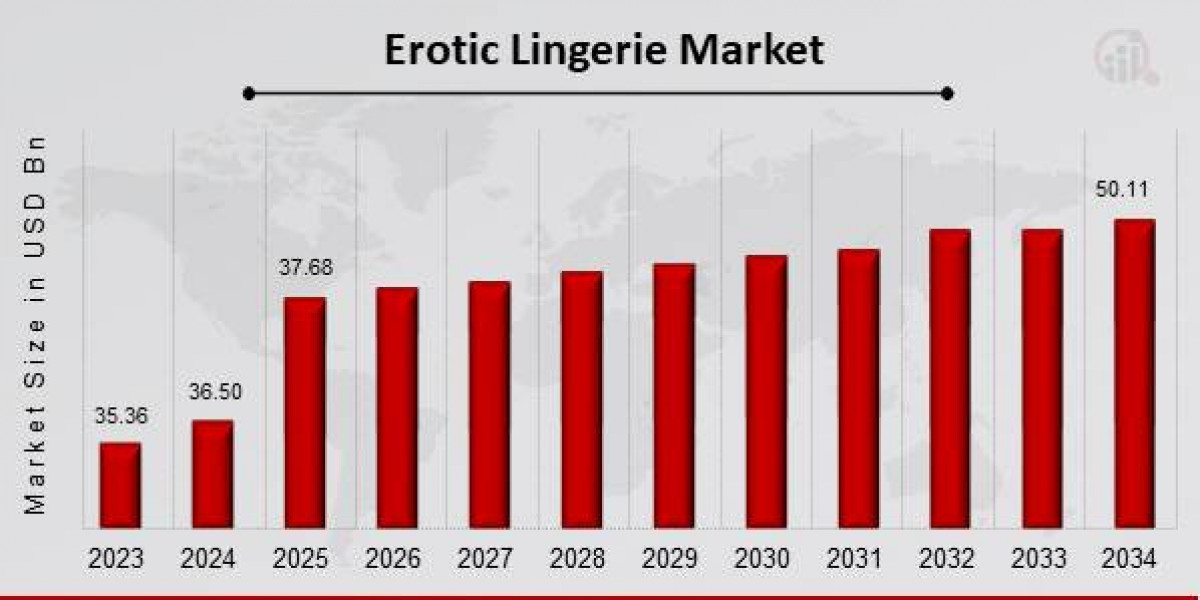The Anti-Dandruff Shampoos Market is on track to record an impressive growth trajectory, rising from USD 7,605.8 million in 2025 to USD 15,809.2 million by 2035. This represents a 107.8% increase over the decade, driven by growing scalp health awareness, dermatology-backed innovations, and expanding digital retail penetration. The market’s forecasted CAGR of 7.6% highlights sustained consumer demand and a structural shift toward premium, personalized, and dermatologist-endorsed hair care products.
Market Trends Highlighted
- Premiumization & Targeted Formulations:
The market is rapidly evolving from mass-market dandruff control to premium scalp care solutions, catering to specific hair types such as oily, dry & flaky, and color-treated. - Specialized products like “anti-dandruff + color protection” or “anti-dandruff + hydration” are gaining traction.
- Consumers increasingly perceive scalp care as part of holistic wellness.
- E-commerce & Subscription-led Growth:
Digital channels are reshaping market distribution, especially in Asia-Pacific. - Platforms like Tmall, Amazon, and Flipkart are fueling subscription-based purchases.
- Direct-to-consumer (D2C) brands are leveraging AI personalization and influencer campaigns for continuous engagement.
- Shift Toward Clean-Label and Dermatologist-Recommended Formulations:
Brands are integrating sulfate-free, botanical, and zinc-free alternatives in response to evolving safety regulations and consumer preferences. Dermatologist endorsements now play a pivotal role in product credibility.
Key Developments
- February 2024: Head & Shoulders (P&G) launched its first sulfate-free anti-dandruff line in the USA and Europe, blending zinc pyrithione with aloe vera for a clean-label positioning.
- June 2024: Nizoral (Johnson & Johnson) expanded its ketoconazole-based medicated range across India and Southeast Asia, backed by dermatologist endorsements and clinical efficacy claims.
- Emerging entrants are focusing on botanical and AI-personalized scalp care, signaling the next wave of innovation in the haircare sector.
Key Takeaways of the Report
Metric | Value |
2025 Market Size | USD 7,605.8 million |
2035 Market Size | USD 15,809.2 million |
CAGR (2025–2035) | 7.6% |
Leading Ingredient | Zinc Pyrithione (41.6%) |
Top Growth Regions | East Asia, South Asia & Pacific, Europe |
Major Players | Head & Shoulders, Nizoral, Selsun Blue, Dove, Neutrogena T/Gel, The Body Shop, Scalpe, Redken, Paul Mitchell |
- The first half of the decade (2025–2030) will see steady growth through supermarkets and pharmacies (adding USD 3.36 billion).
- The second half (2030–2035) will accelerate with e-commerce, salon-exclusive, and unisex products (adding USD 4.84 billion).
- Zinc pyrithione-based shampoos will continue to dominate due to proven efficacy and clinical validation, while ketoconazole and selenium sulfide will gain share in premium and therapeutic categories.
Market Drivers
- Rising Scalp Health Awareness:
Growing consumer recognition of scalp health as a part of holistic wellness is propelling anti-dandruff shampoo adoption. Dermatologists now recommend these products not only for treatment but also for preventive care. - Channel Diversification:
- Supermarkets & hypermarkets account for 44.8% of 2025 sales, driven by wide visibility and affordability.
- E-commerce platforms are enabling premium and D2C growth, particularly in Asia-Pacific markets like China and India.
- Technological and Product Innovation:
Integration of AI personalization, clean-label actives, and eco-conscious packaging is reshaping consumer engagement, improving retention through subscription-based digital sales models.
Regional Insights
- East Asia & South Asia-Pacific: Fastest-growing regions led by China and India.
- China: CAGR 14.1%, driven by e-commerce and premium scalp care.
- India: CAGR 15.9%, supported by humid climates and rapid FMCG distribution expansion.
- Europe: Moderate growth at 8.5% CAGR, impacted by zinc pyrithione regulatory restrictions but recovering with salicylic acid and selenium sulfide reformulations.
- North America: Stable, mature market (USA CAGR 5.9%) with strong pharmacy presence and dermatologist-recommended brands sustaining long-term loyalty.
Country-wise CAGR Analysis (2025–2035)
- India — 15.9%
Fastest-growing market driven by high dandruff prevalence in tropical climates, rapid urbanization, expanding FMCG distribution into tier-2/3 cities, and strong premium adoption among younger consumers via e-commerce. - China — 14.1%
Digital-first growth powered by Tmall/JD-style e-commerce, rising demand for dermatologist-backed and salon-exclusive formulas, and domestic brands scaling with localized botanical and value propositions. - Japan — 11.4%
Above-average expansion supported by consumer preference for high-quality, multifunctional haircare products and steady uptake of clinically validated scalp-care solutions. - United Kingdom — 9.2%
Premiumization and salon/e-commerce channels accelerate growth; regulatory reformulations (post-zinc pyrithione restrictions) are catalyzing uptake of alternative actives like salicylic acid and selenium sulfide. - Europe (regional average) — 8.5%
Moderate growth as stricter ingredient scrutiny forces reformulation, while premium and specialized products gain traction in Western markets. - Germany — 6.9%
Stable market driven by pharmacy and drugstore sales, conservative consumer preferences, and gradual premiumization in urban centers. - United States — 5.9%
Mature market with steady, pharmacy-led demand for dermatologist-recommended brands; growth is primarily driven by premium therapeutic lines and subscription/D2C models rather than volume increases.
These country/region CAGRs reflect a split-market dynamic: volume-led acceleration in emerging Asia (India, China) versus premiumization and reformulation-driven growth in mature Western markets.
Competition Outlook
The Anti-Dandruff Shampoos Market is moderately fragmented, with both FMCG giants and specialist brands competing on innovation, trust, and dermatologist endorsements.
- Head & Shoulders (P&G) holds the leading global share (9.1%) through mass-market dominance and multipack promotions.
- Dove and Neutrogena capture mid-premium consumers with sulfate-free and clean-label offerings.
- Nizoral, Scalpe, and Redken are growing through pharmacy, salon, and online-exclusive models.
The competitive advantage is shifting from price-led to innovation-driven ecosystems, where credibility, personalization, and sustainability define success.
Key Segments of the Market Report
- By Active Ingredient: Zinc Pyrithione, Ketoconazole, Salicylic Acid, Coal Tar, Selenium Sulfide
- By Hair Type: Normal (38.3% share in 2025), Oily, Dry & Flaky, Color-Treated
- By Distribution Channel: Supermarkets & Hypermarkets (44.8%), Pharmacies & Drugstores, E-commerce, Salons
- By End User: Men, Women, Unisex
- By Region: North America, Europe, East Asia, South Asia & Pacific, Latin America, Middle East & Africa
The normal hair segment remains dominant at 38.3%, favored for versatility and mass appeal, while e-commerce channels and salon-exclusive products are emerging as major growth drivers post-2030.
Grab This Report Now at Just $ 2000| Limited-Time Discount Offer! https://www.futuremarketinsights.com/reports/sample/rep-gb-26521
Checkout Now to Access Industry Insights: https://www.futuremarketinsights.com/checkout/26521
About Future Market Insights (FMI)
Future Market Insights, Inc. (ESOMAR certified, recipient of the Stevie Award, and a member of the Greater New York Chamber of Commerce) offers profound insights into the driving factors that are boosting demand in the market. FMI stands as the leading global provider of market intelligence, advisory services, consulting, and events for the Packaging, Food and Beverage, Consumer Technology, Healthcare, Industrial, and Chemicals markets. With a vast team of over 400 analysts worldwide, FMI provides global, regional, and local expertise on diverse domains and industry trends across more than 110 countries.








